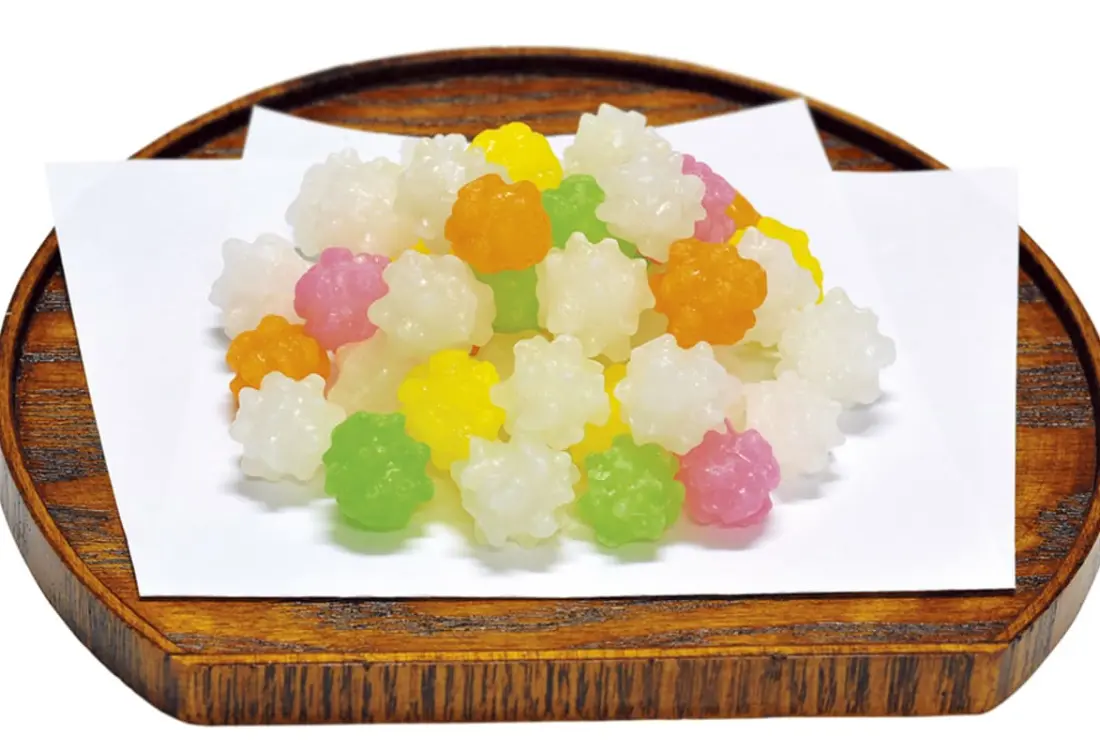
Ancient European trade meets Japanese tradition
with delicious results along Kyushu's "Sugar Road"
“Not Nagasaki enough”
This is a particular expression used by people in Nagasaki prefecture which plays on the idea that sugar is the essence of Nagasaki, when the sweetness of dishes and confectioneries is lacking just because someone skimped on the sugar. In the latter “Sengoku (Warring States) Period,” the culture brought by Europeans began to bloom.The food culture brought about by sugar is one aspects of this. Golden castella sponge cake and colorful konpeito candy. In each of the Northern areas of Kyushu, there are many traditional confectioneries using the sugar that traveled the Nagasaki Kaido. Let us follow the sugar and confectionery culture that remains along the sweet “Sugar Road.”

Nagasaki Kaido linked Nagasaki where Dejima is and Kokura in Kitakyushu in Fukuoka prefecture. The confectioneries and dishes created with each area’s agricultural products developed into a special taste with the addition of sugar.
Walking the streets of Nagasaki envelops in the atmosphere of a foreign country. Special manners, customs and food culture. It is said that these began with the arrival of Portuguese naval vessels in Nagasaki in 1571. The Portuguese brought Europe’s traditional culture and food culture to Nagasaki. Food included bread and tempura. Clothing included undershirts and woolen cloth. Confectioneries included bolos, caramel, castella sponge cake and konpeito candy. It is said that of the Portuguese words that became established as Japanese words, many relating to confectioneries using sugar were included. Sugar, a sweetener which until that time had mostly not been used in Japan, brought about major changes in the food culture. With the arrival of the Edo Period, and under the Shogunate’s Sakoku (national seclusion) policy, the artificial island of Dejima built in Nagasaki became the only window to the outside world in existence within Japan. The sugar which was unloaded at Dejima, traveled along the Nagasaki Kaido, eventually reaching Edo. In 1759, the age of bulk imports of sugar began. It is said that in Nagasaki the Dutch in the trading posts gave sugar as presents to the Maruyama courtesans and the Chinese donated copious amounts of sugar to Todera (temples established by Chinese residents). It seems that the courtesans changed the sugar into silver, and the sugar from Todera temples was carried to Obaku-san Manpuku-ji head temple in Kyoto. The sugar that was spilled during the unloading was known as “Koboremono (spillage)” and it was freely carried away by, for example, the transporters. Sugar permeated down to the average person in Nagasaki through various routes.
Now, Nagasaki Kaido is affectionately known as “Sugar Road,” and with Tokiwabashi in Kokura (Kitakyushu in Fukuoka prefecture) as the starting point, the road in the areas under the control of the Shogunate (Tenryo) as well as in passing through Fukuoka, Tsushima, Omura and Saga, was made in the Edo Period. On the approximately 228 km of road there were 25 lodging places. What was passed down along that road, together with copious amounts of sugar, was the way of making “Namban (Western) cuisine” and “Namban (Western) confectioneries.” In the surrounding areas, it was adapted to match the climate and natural features as well as the tastes of local Japanese, which led to the development of a very unique and individual food culture. The culture of using abundant amounts of sugar during traditional ceremonies has been passed down to this day.
The influence of sugar and European culture is also conspicuous in confectioneries. The most famous and representative confectionery of the city of Nagasaki in Nagasaki prefecture is surely the castella sponge cake. Its beginnings date back to the first owner of “Fukusaya,” founded in 1624, who is thought to have been taught how to make it by a Portuguese person. Since that time, it has been refined to create a high class confectionery to suit the palate of the Japanese. The famous confectionery from Isahaya, a rice growing city, is Okoshi which is said to have its origins in the Heian Period. The attraction of this confectionery is its simple taste. The ingredients are brown sugar and mizuame syrup added to dried rice made from white rice, to which toaku (a liquid or powder containing sodium carbonate) is added.

Castella sponge cake from Nagasaki which spread nationwide

Okoshi is beloved as a good luck item, due to the connotations of “making one’s fortune” and “making a name for oneself.” (Both expressions use the Japanese verb okosu.)

Omura sushi uses abundant sugar in the sushi rice as well as the other sushi ingredients. A certain taste of a product that used to be called “Tono-sama sushi (Sushi for a Lord)”
The representative confectioneries of Saga prefecture are Ogi Yokan and marubolos. Ogi is an area where adzuki beans and green beans are cultivated. Yokan (sweet bean jelly) which was made in the Edo Period as a snack to go with tea, developed into Ogi Yokan with its distinctive crisp texture by the addition of sugar. Marubolos are made based on bolo which is a Portuguese word meaning cake. The ingredients, at that time, were told the high quality wheat flour cultivated on the fertile Saga Plain, white sugar, sesame oil and toaku.

Yokan was passed down through the tea-ceremony culture which developed in the castle town area of the Nabeshima Domain.

Marubolos sprang from the fortuitous meeting of wheat flour from Saga and sugar which traveled along the Nagasaki Kaido.
In Fukuoka prefecture, konpeito candy, which is said to have been presented to Oda Nobunaga, is being made in Kitakyushu to this day. With sugar as the ingredient, and spraying on syrup while rolling the granulated sugar that is the core, konpeito candy is made by hand with more than 10 days of labor. With its blend of brilliant colors, simply looking at it will lift your spirits.
Amongst the famous confectioneries in the sweet shops along Sugar Road, even now new flavors are appearing one after another. It’s also fantastic to follow the road where sugar once traveled, all the while tasting the different confectioneries of each area.

Konpeito candy that slowly melts in your mouth
Report cooperation provided by/ Sugar Road Council
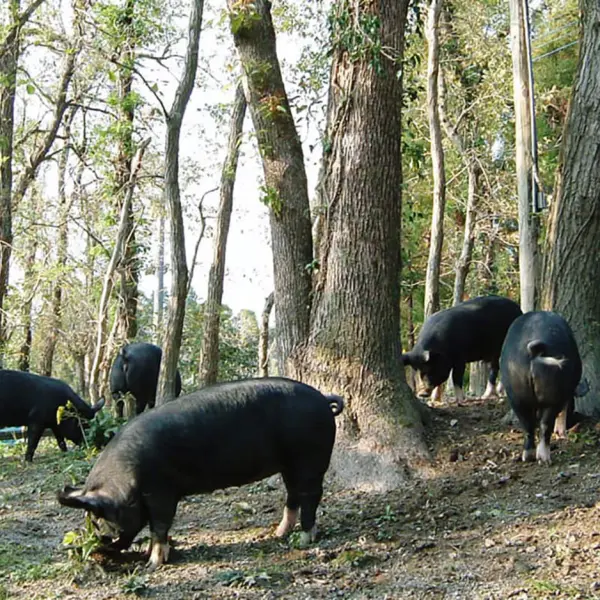 The delicious secrets of Kagoshima's free-range Kurobuta pork
The delicious secrets of Kagoshima's free-range Kurobuta pork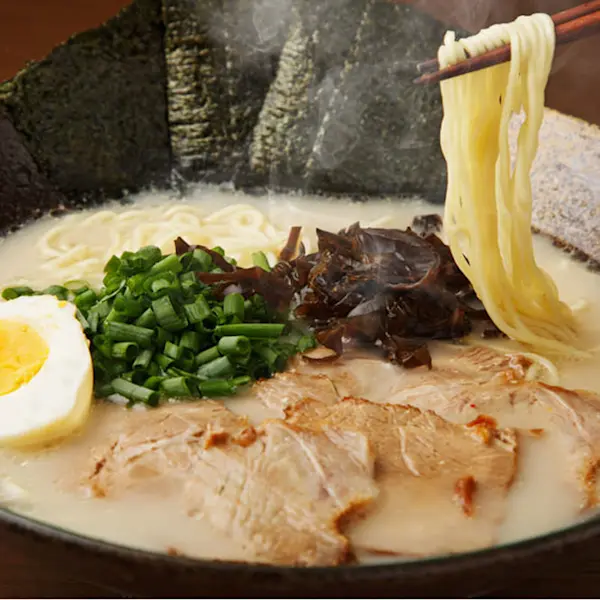 Everything You Need to Know About Fukuoka’s Famed Tonkotsu Ramen
Everything You Need to Know About Fukuoka’s Famed Tonkotsu Ramen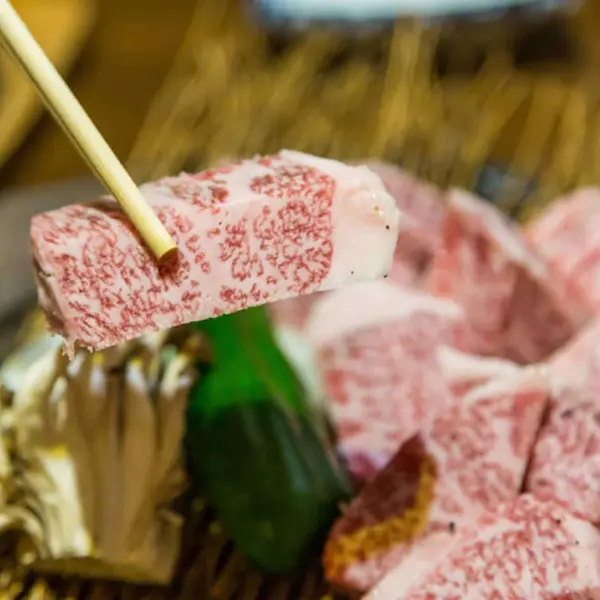 Saga Beef: Wagyu To Remember
Saga Beef: Wagyu To Remember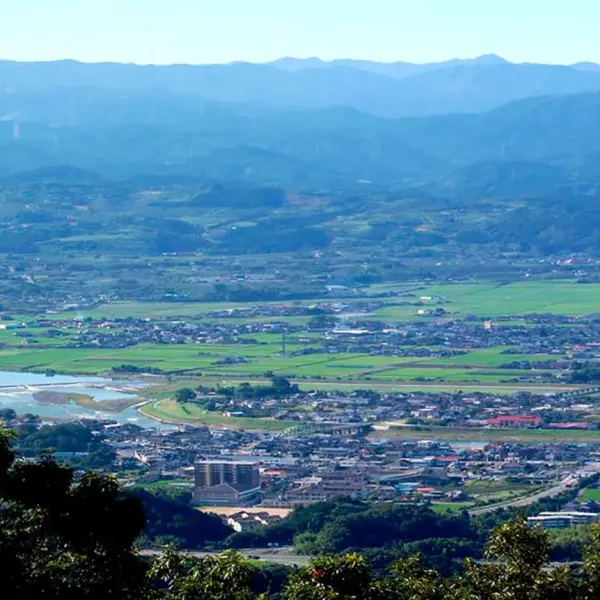 Discover Fukuoka's fruit kingdom
Discover Fukuoka's fruit kingdom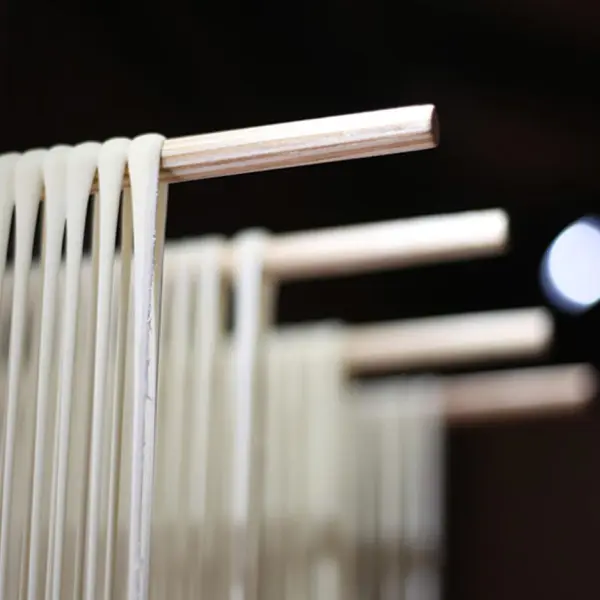 Goto udon: a delicious legacy of Nagasaki's ancient trade routes
Goto udon: a delicious legacy of Nagasaki's ancient trade routes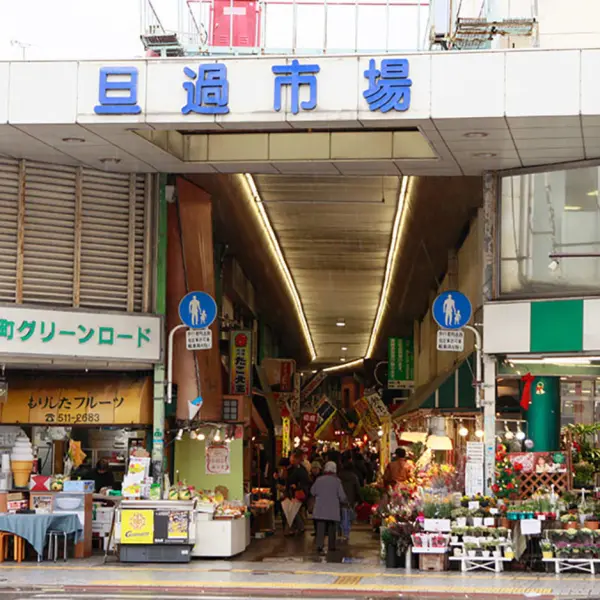 Feast your senses at Fukuoka's bustling fresh food market
Feast your senses at Fukuoka's bustling fresh food market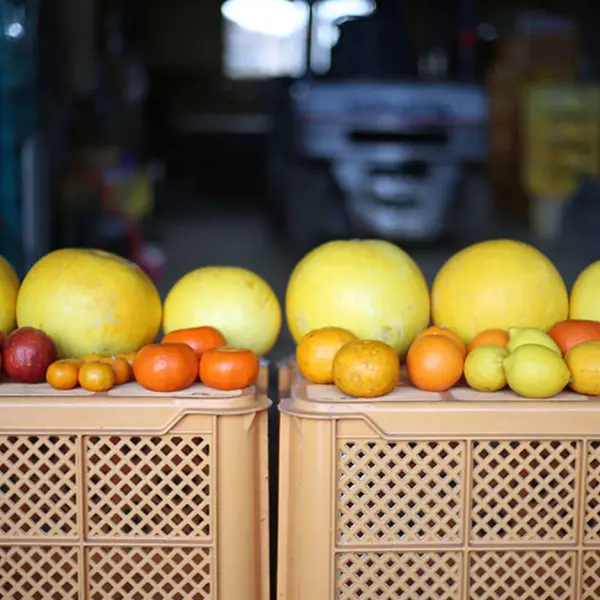 Cultivating the world's largest citrus fruit in Kumamoto
Cultivating the world's largest citrus fruit in Kumamoto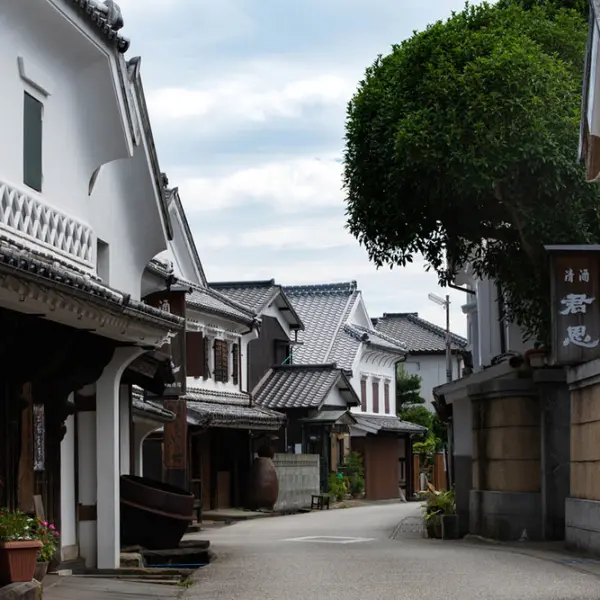 Hizen Hamashuku: Historic breweries that house the world’s best sake
Hizen Hamashuku: Historic breweries that house the world’s best sake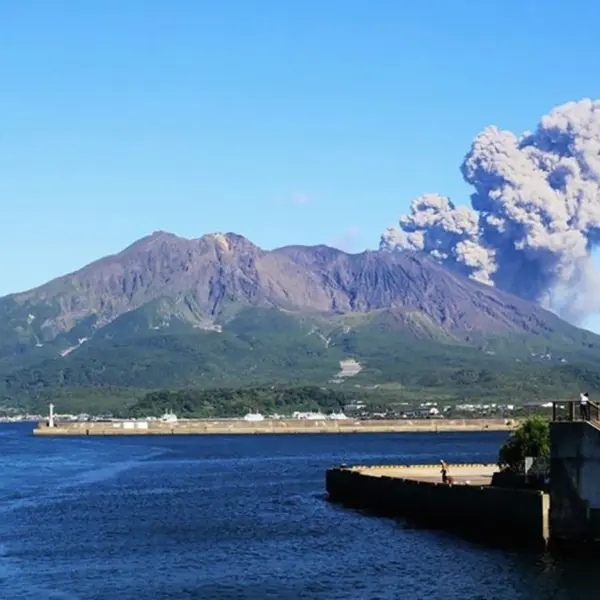 In the shadow of a volcano: the world's largest daikon radishes
In the shadow of a volcano: the world's largest daikon radishes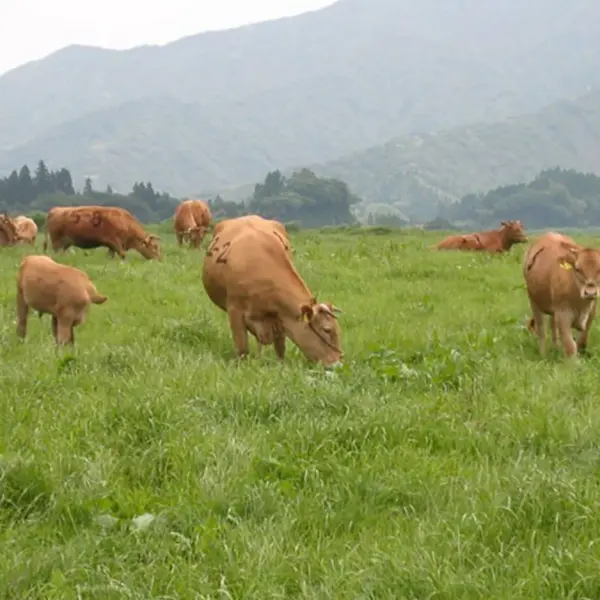 Raising Kumamoto's famed Japanese Brown Cattle
Raising Kumamoto's famed Japanese Brown Cattle




